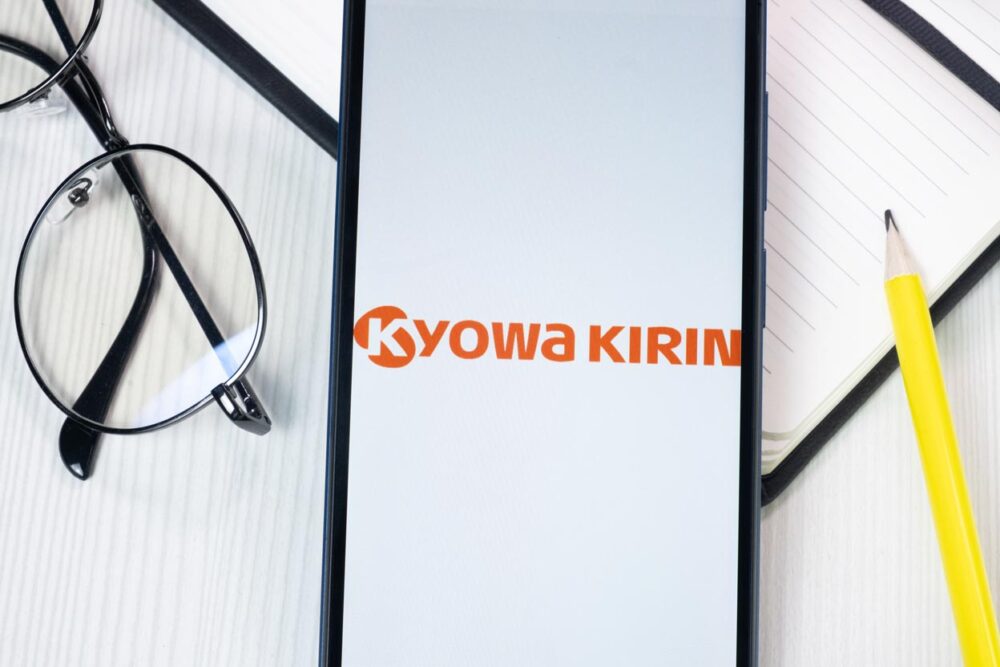Advertisment
NICE (UK) recommends Crysvita (burosumab) to treat X-linked hypophosphatemia in children – Kyowa Kirin

Burosumab is NICE recommended, within its marketing authorisation, for treating X- linked hypophosphatemia (XLH) with radiographic evidence of bone disease in babies, children and young people 1 to 17 years. It is recommended only if the company provides burosumab according to the commercial arrangement.
Why the committee made these recommendations; XLH is a genetic condition that causes significant skeletal deformities in children from a young age, and lifelong disability and pain. Conventional therapy consists of managing symptoms and disability, and supplements of oral phosphate and active vitamin D (such as alfacalcidol). Oral phosphate has a complex dosing regimen, disagreeable taste and unpleasant side effects.Clinical trial evidence suggests that burosumab provides short-term clinical benefits in children aged between 1 and 12 years. It is expected that there is some lifetime benefit for people having burosumab because it can prevent irreversible bone damage, which could lead to less pain and a better quality of life as people get older. There are uncertainties in the clinical evidence (including a lack of evidence in young people aged between 13 and 17 years, and on the long-term consequences of progressive bone disease and ongoing metabolic symptoms of XLH, which would not be affected by burosumab). However, burosumab is likely to provide important clinical benefits for people with XLH. Taking into account the most plausible assumptions in the economic model, burosumab is considered to provide value for money within the context of a highly specialised service. Burosumab is therefore recommended for use in the NHS.





